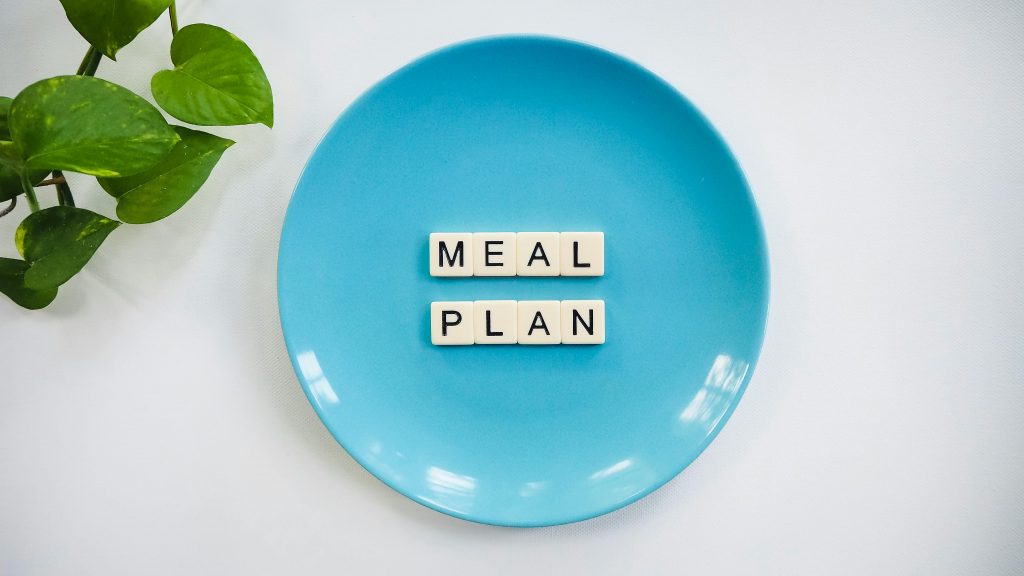AGING IS A CHOICE Part 13 – Intermittent Fasting for Longevity
By Robert Manni

Let’s face facts. Our western diet is nutritionally deficient, our food supply is suspect, we eat too many processed foods, and we eat far more food than our bodies need. We don’t eat to live, rather we live to eat. And if there were a price to pay for our indulgences, we kid ourselves that it will be some time in the distant future. So, what’s an increasingly more sedentary Boomer to do? This is where the benefits of fasting can profoundly surprise you.
When people think of fasting, they often imagine an emaciated looking yogi sitting cross-legged in front of a wall of flowers. This image couldn’t be further from the truth. Fasting is for anyone who wants to give it a go. The practice has been around for centuries and provides numerous health benefits, including delaying the aging process. Here’s more good news. Fasting does not require starving or punishing yourself to gain its many health benefits. The truth is for most people, jumping into a water fast is rather extreme and hard to manage with working and being social. However, intermittent fasting is highly adaptable and much easier to fit into daily schedules and social calendars.
Intermittent fasting
IF allows our body extended periods of time without consuming food. It uses specific windows allotted for eating but does not impose restrictions on types of foods we eat unlike Keto diet’s strict regulation of carbs. Just 12 hours without food and our bodies trigger ketones to burn fat and lose weight.
Adaptability
You can try different schedules and see which suits you best. Alternate day fasting, 5:2 method (during a week, fast only on days 2 and 5), eat-stop-eat (full fast any two days per week, but not two days in a row) are weeklong IF schedules. You can also have IF schedules that break up the day such as 14:10 (14-hour fast: 10-hour eating window) and 16:8 (16-hour fast: 8-hour eating window). You get the picture. You oversee which days and hours work best for IF.
Most people I know, as well as myself, practice the 16:8 with an eating window between noon and six. During the first month the biggest hurdle was getting over my morning breakfast habit. It became easier when I began to see and feel positive results. It’s been two years of IF and it really works for me. I maintain a steady weight and have a different relationship with food. I eat less and appreciate food more.
Benefits of Intermittent Fasting
Weight loss
Reduces blood sugar and insulin
Better focus, mental clarity
Lowers cholesterol
Better sleep
Less inflammation
Cellular clean up
Supports immunity
Reduces blood pressure
Give intermittent fasting a try and you might be pleasantly surprised by the results. I’ll leave that up to you. After all, aging is a choice.







